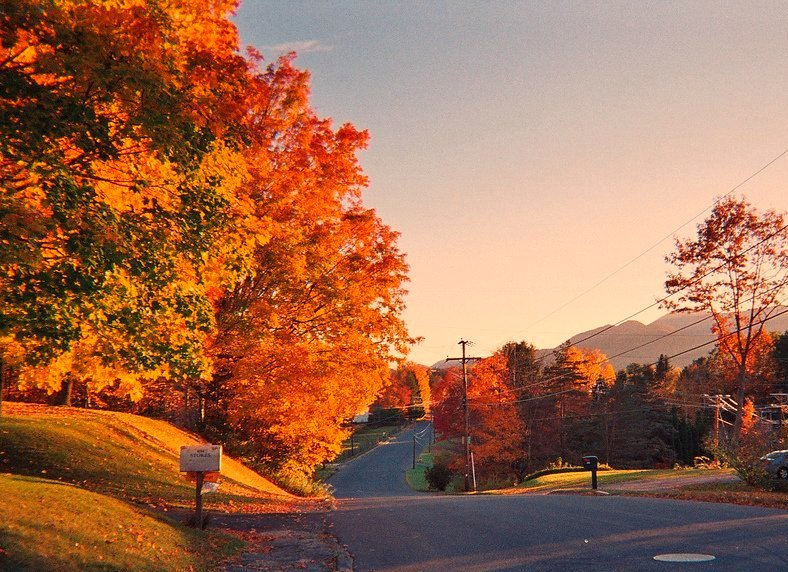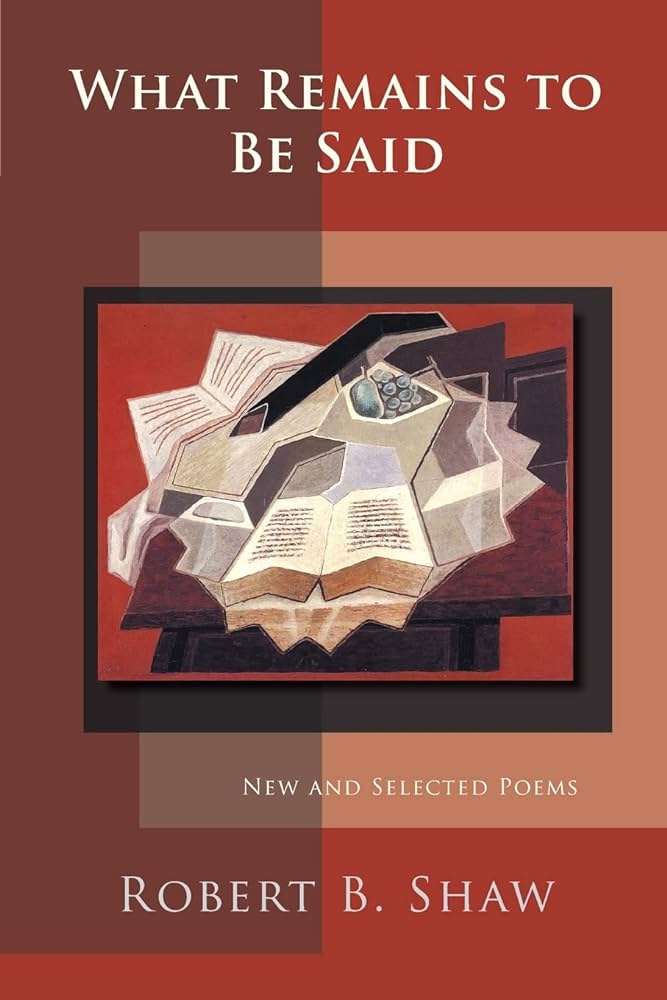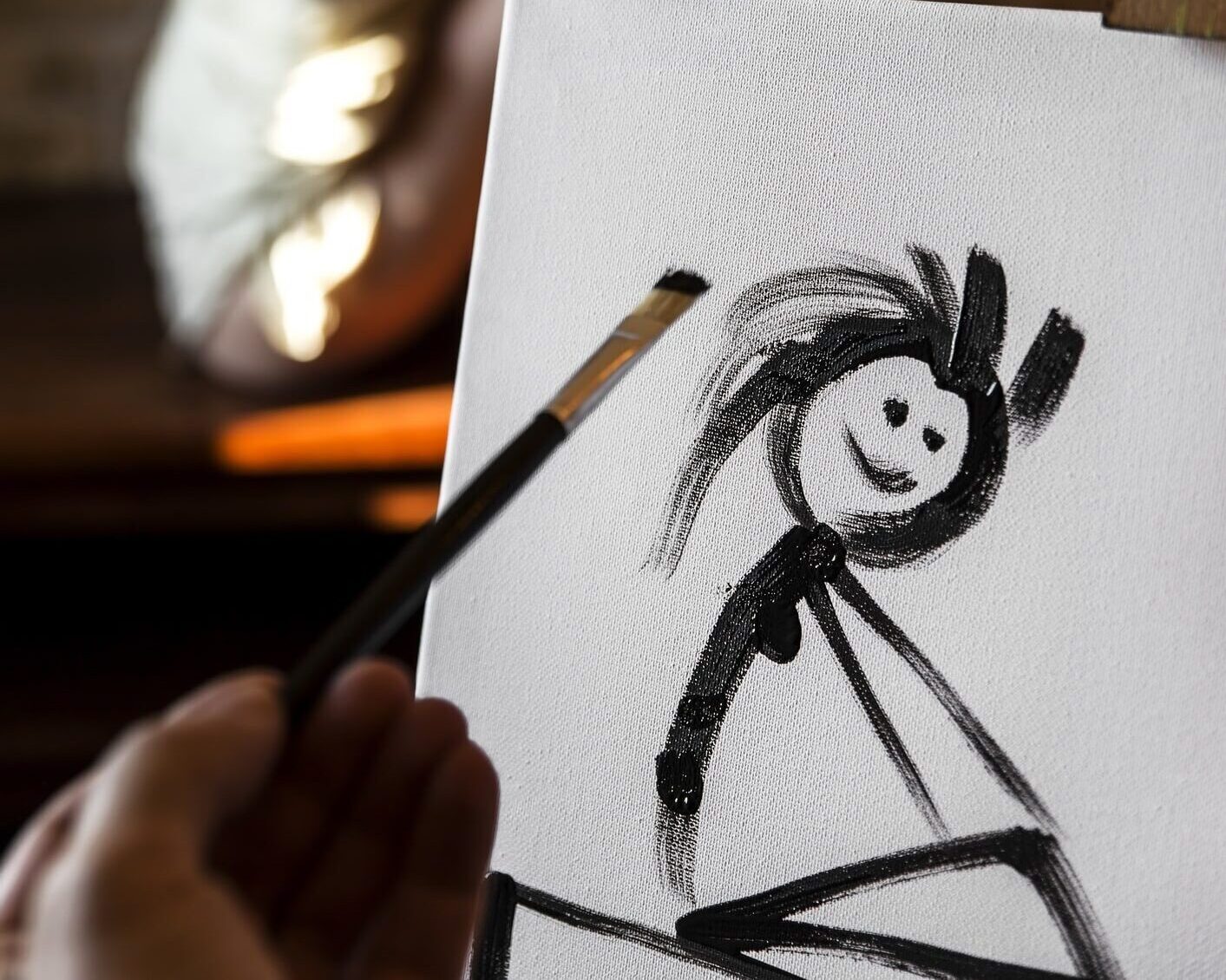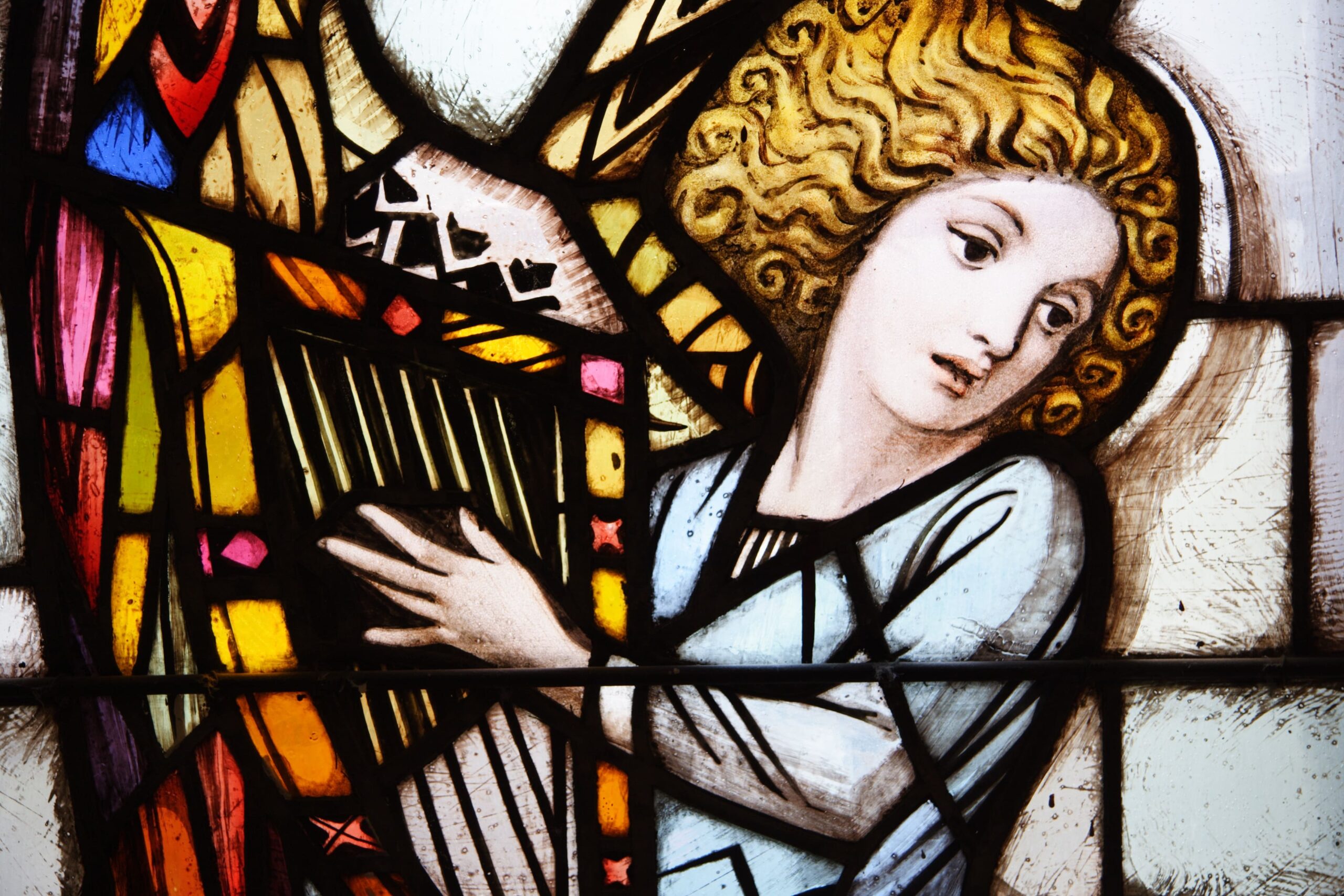Reviewing Robert Shaw’s first book of poems (Comforting the Wilderness, 1977) in the pages of Ploughshares, Paul Breslin thought it a sign of “a gradual revival of interest in the well-made poem.” After nearly two decades of American poetry disrobing itself of meter, grammar, and intelligibility, all in the name of a naked “intensity,” Breslin wondered whether Shaw might indicate a return to “poetry with an identifiable, impersonal subject, a paraphrasable argument, and a traditional formal organization: stanzas, rhymes, accentual-syllabic meter.” Breslin even praised Shaw as a “new formalist” almost a decade before other critics would coin the term “New Formalism” as a term of opprobrium and a group of young poets would embrace it and start a movement.
What Breslin and other reviewers of the time rightly detected in Shaw’s work was the appearance of qualities that had been in short supply in the second half of the twentieth century. Craft, clarity, and wit work in harmony in Shaw’s earliest poetry, as in these ballad quatrains about a jack-o’-lantern holding in check the “venturous dead” on All Hallows’ Eve:
shades of traitors that are given
one night’s leave of Satan’s jaws;
throngs of warlocks; wild unshriven
things with lammergeyer claws;bogies by the wide heavens abhorred
witness their own defective will
when they see this grinning gourd
presiding on our window sill.
Shaw was a fine and intelligent maker of verse from the beginning—so much so that it would have been difficult for him to improve in this regard over the next four decades. The early poem as a work of craft is in no way inferior to a poem from 2016, “Sensitive Plant,” which describes that remarkable species, with “Its feathery leaf, a leaf all fringe,” which will, at a finger’s touch, “collapse into a total cringe.” Shaw responds to its mimed “Noli me tangere” thus:
But I, abashed to see it shrink,
begin to think of other creatures,
sentient or not, unequally
equipped with such defensive features.
How many have been jarred by me,meandering past, with inattention
blurring the bounds in which I live?
More victims than I care to mention.
Which of us now is sensitive?
Either of these poems could have been written earlier or later. The only difference is a slightly more obvious contentment with verbal cleverness about the jack-o’-lantern and a modestly greater emotional intensity and moral seriousness in the long meter quatrains on the plant.
While Breslin had no reservations about Shaw’s craft, he did wish the young poet more often united to his form a quotient of “significant feeling”—that is, the intensity and seriousness I have just mentioned. There was the room for growth.
With the publication of What Remains to Be Said, we have a chance to learn for ourselves whether the poet made progress in that union of form and feeling. Although this volume is New and Selected Poems, it might better be thought of as Shaw’s collected verse.
Most often, a volume of selected poems makes an epitome of the poet’s work, bringing together just a few choice achievements from every previous book to introduce new readers to a long career in short space and to send the serious reader beyond itself to a more comprehensive volume, or back to the original, individually published collections.
Sometimes, however, a poet will attempt a judicious selection that preserves all the poems the poet thinks have held up to repeated reading. This is what Shaw has done here, and, from the table of contents, one would conclude he thinks he has become a more consistent poet over the decades, despite the achievement even of the earliest work.
From the first book, which included forty-seven poems, he has retained only ten. Of the forty-five in his second collection, The Wonder of Seeing Double (1988), he reprints just over half. From his last three volumes—Solving for X (2002), Aromatics (2011), and A Late Spring, and After (2016)—he drops only about ten poems each. There is enough in total from all seven of his previous volumes, in addition to twenty-eight new poems, to satisfy most of us.
Despite a long career and considerable critical attention from its beginning, Shaw is not a poet likely to be known to most readers. Yet he is a late and talented representative of the best of a long American poetic tradition. Accomplished in tightly constructed, rhymed stanzas and especially ambitious in his blank verse poems that move beyond the brief lyric to longer narrative and expository modes, Shaw achieves in his work much of what Breslin long ago hoped for and what many of us still hope to see: a poetry that speaks both well and truly.
Once the literature of New England was American literature tout court. Ralph Waldo Emerson, Nathaniel Hawthorne, Henry Wadsworth Longfellow, along with the long-deceased Anne Bradstreet and the posthumously discovered Emily Dickinson, represented the country’s literature as a whole.
By the turn of the twentieth century, however, E. A. Robinson and his younger contemporary Robert Frost became founding figures of a distinctly New England regional spirit. They possessed still a residue of Puritan moral seriousness and an ambivalent view of the native wilderness, which seemed at once gilded with divine providence and with the flaming autumn colors of the devil. Robinson contributed a mordant vision and commitment to traditional verse craft in a distinctly Yankee idiom. Frost contributed the same, but also a willingness to make his poetry out of the stuff of pastoral, as he was encouraged to do by his several years’ contact with the turn-of-the-century Georgian poets of England. Robinson was born in Maine and often wrote about it, but Frost made Vermont and New Hampshire his chief subjects.
The New England poetic tradition continued through the rest of the century, with its traces in the early Robert Lowell and its finest achievement in the work of Richard Wilbur, who gradually emerged as the greatest American poet of the period. At present, the New England tradition is probably best represented by a handful of poets such as Robert Crawford, Alfred Nicol, and the Dominican-born, New York City–raised Rhina P. Espaillat. Among the best of these poets must surely be Shaw.
Born in Philadelphia but educated at Harvard and Yale and for many decades the Emily Dickinson Professor of English at Mount Holyoke College, Shaw consistently takes for his work’s setting the woods and towns of the Berkshire Mountains in western Massachusetts. Like Frost and Robinson, he often writes mid-length blank verse poems, whether dramatic monologue, narrative, or extended meditation.
Like Wilbur and Frost before him, Shaw’s subjects come almost exclusively from the quotidian stuff of that region. Like them all, he brings something of a New England Presbyterian sensibility to bear on his subject matter that casts a shadow of divinity or devil over the familiar objects he discovers and mulls.
Sometimes he is satisfied simply to see things as he finds them and sum them up. Of a retiree, for instance, we hear “he’s not at ease with easiness”: “What’s to be done with him? His look / is blank as his appointment book.” Describing a wind chime’s music, Shaw speaks of its “Ringing its tintinnabulary changes / on all the whispered fluencies of air.” In a poem about his family’s varmint-hunting cat, he observes that many “Chipmunks and mice . . . have waltzed into the coffin / by stepping from the hole.” Here he observes a flock of wild turkeys:
Out of the woods and into the side yard
they come in a slow march, a band of three,
dowdy, diaconal in somber plumes
that so englobe their awkward, ambling bodies
it is hard to believe their pipestem legs
truly support them as they promenade.
Their raw red necks and bare heads—slaty blue—
go with the legs, austere, deliberate, wiry,
seconding every step with a prim nod . . .
Such poems often rest content with capturing the particulars of the world through the particulars of the word.
Sometimes, however, we feel the New England religious sensibility lead Shaw beyond the prosaic toward the theophanic. Two poems of his first book are exemplary here: “A Study,” which depicts the room where a man has hanged himself, and “In Witness,” which shows the influence of Shaw’s Harvard mentor Robert Fitzgerald and, through him, that of Dante. So also are the first two from his second collection: “Narcissus” and “Echo” draw on classical mythology and attain a great lyrical intensity, where Shaw’s craft and nimble phrasing bring a mythological vision of things to life again. “Narcissus” concludes, addressing its subject: “All you can do is let the lover see you, / having long ceased to listen, speak, or know.”
The long title poem from The Post Office Murals Restored captures the history and spirit of rural New England, from the Depression and New Deal to the industrial decline and Dutch elm disease of the late twentieth century. A later poem, “Drowned Towns,” is similarly comprehensive. (Its subject will be familiar to those who know the history of the Quabbin Reservoir.)
Some of Shaw’s poems achieve not just a residual religious shadow like that found in Frost, but a full epiphany, where the quotidian becomes fully luminous. I would name the recent “Tetragrammaton,” older poems such as “The Invention of Zero,” “A Geode,” “Dec. 23,” “Pilgrims,” “My First Atlas,” and finally the elegies that compose much of the collection published soon after the death of his wife, Hilary: “A Confirmation,” “The House of the Tragic Poet,” “Lachrymatory,” “On the Death of Wilmer Mills,” and “Now We Notice.”
This last poem is the least auspicious in subject: it merely describes a sun-faded rug in the front hall. Weighing its depleted colors against his own loss, Shaw concludes that the “paling pattern represents / the least of time’s embezzlements.”
I doubt that Shaw, over his long career, ever developed sufficient “significant feeling” in his poetry to satisfy his early critic. On the whole, his poetry is about observing the New England quotidian and capturing it with a taut, almost epigrammatic phrasing in meter and rhyme. It settles for the merely human, not to say the dully pedestrian. His lyrics and narratives sometimes suffer from a lack of development, wherein the conclusions, rather than introducing something new, definitive, and final, merely repeat the observations and wit of earlier stanzas in a new formulation.
For my part, however, I consider craft and intelligence sufficiently essential to poetry that I would gladly take them entirely to the exclusion of an obscurantist and formless spirit. And, further, I find that Shaw, in treading and retreading the same New England terrain, sometimes rises from the human to the divine, from the burrowing precision to the articulately numinous. In this, he approaches Wilbur and Espaillat, and so makes a worthy entrant in the continuing life of the New England poetic tradition.















